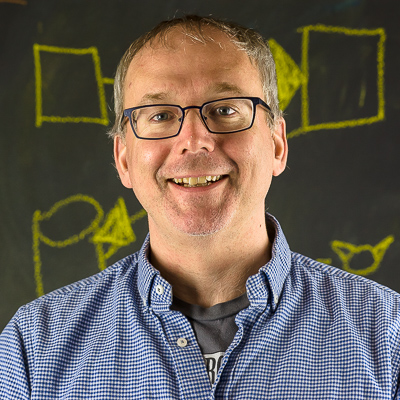Journalistic Diversity Dashboard
In recent years, much attention has been drawn to the social and cultural identities of journalists, and the ways in which those identities are often quite different from those of the audiences those journalists cover. From race and gender to education level and economic class, audiences and even the news organizations are looking for data to help them put stories into perspective. For this project, students will focus on the design of a system which could help track and convey this information. They will research how underrepresented communities perceive different news organizations as well as what people in the field of journalism have already been exploring in this area. They will identify key identity types or other traits that advance this understanding; they will explore what it would take to gather and sustain a database like this; and, they will explore and test multiple data visualization concepts to see which are the most effective for making sense of the data. If students identify promising paths to building and sustaining a tool like this, Knight Lab is interested in the future possibility of developing this into an ongoing public project.
Faculty and Staff Leads
Project Details
2022 Winter
Important Questions
- How do audiences feel about the diversity traits of the media sources they follow? Are there differences they’d like to see?
- What do journalists want to know about their own workplaces and competitors? How would information about the diversity of newsrooms change their
- What is currently happening, in journalism and other industries, to measure diversity statistics of organizations and learn and take action on those measurements?
- Which are the most valuable identity characteristics to track?
- How many of those characteristics can be objectively determined? If, instead, the people being counted should be asked for their own self-identification, how might that data be gathered and maintained?
- What are the risks to building a database documenting the identity groups of journalists? Can they be mitigated? Or is there a fundamental flaw that would require reshaping the project field?
Sample Milestones
- Week 1-2: Identify leading thinkers in workplace and media diversity. Read up on what they’ve said. Identify interview subjects among journalists, experts, and the audience. Begin exploring ideas and generating visualization concepts to focus the team’s thinking and clarify what questions might be good for interviews.
- Week 3-5: Conduct interviews. Continue iterating on and testing visualization concepts. Consider possible strategies for building a data set. Present provisional results at Knight Lab Studio midterm presentations.
- Weeks 6-7: Further research, iteration, and testing of concepts. Attempt to validate theories of how a dataset could be built and maintained.
- Weeks 8-10: Taper down testing and develop final artifact summarizing research and recommending next steps, were Knight Lab to try to extend this project.
Outcome
Students who participate in this project will have the opportunity to consider many perspectives on the value of and challenges to building newsrooms which “look like” the audiences they are trying to serve. They will practice iterative, experimental data visualization development. They may set the groundwork for future Knight Lab work, and possibly a plan for a publicly available resource addressing the problems we’re exploring on this project.
Links
- OpenNews: DEI Coalition For Anti-Racist, Equitable, And Just Newsrooms
- American Society of News Editors (ASNE): How Diverse Are US Newsrooms?
- Nieman Lab: The moral argument for diversity in newsrooms is also a business argument — and you need both
- American Press Institute (API): Diversity and inclusivity in journalism
- Columbia Journalism Review: Decades of Failure
- The Journalist’s Resource: Newsroom diversity: 7 studies to know on race in journalism
- Associated Press: Efforts to track diversity in journalism are lagging
- Seacoast Online: 2021 Newsroom Diversity Census: Seacoast Media Group


